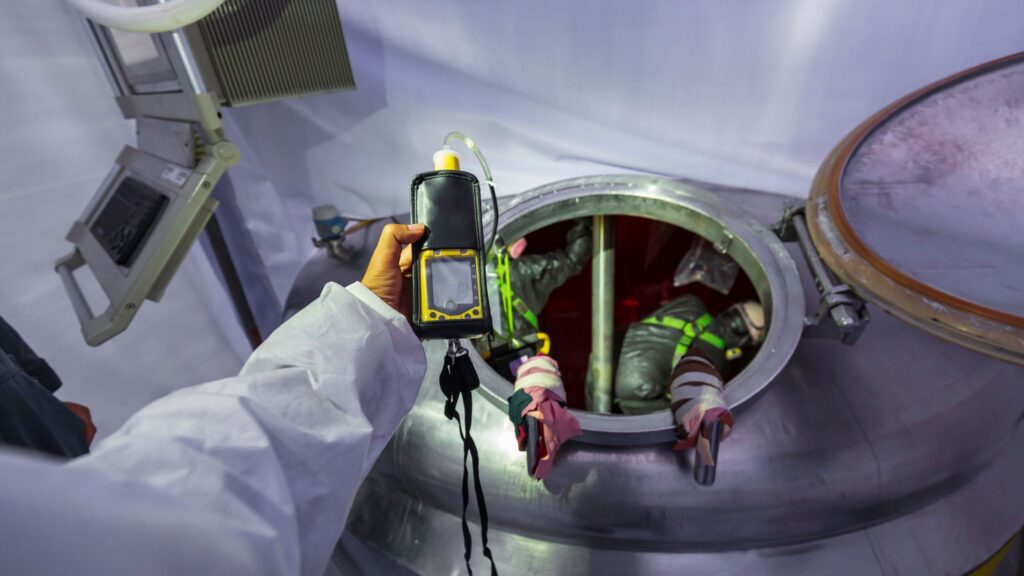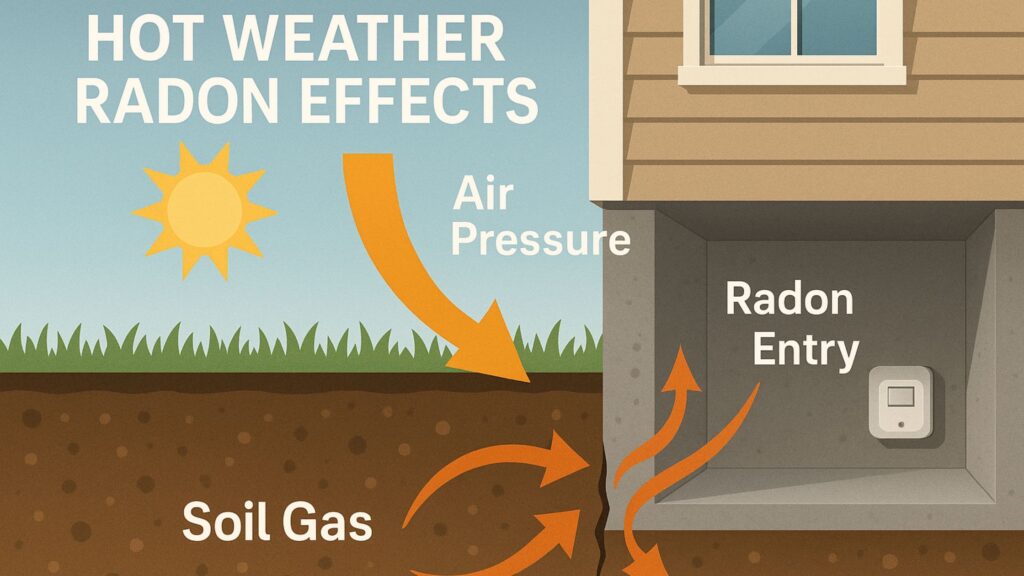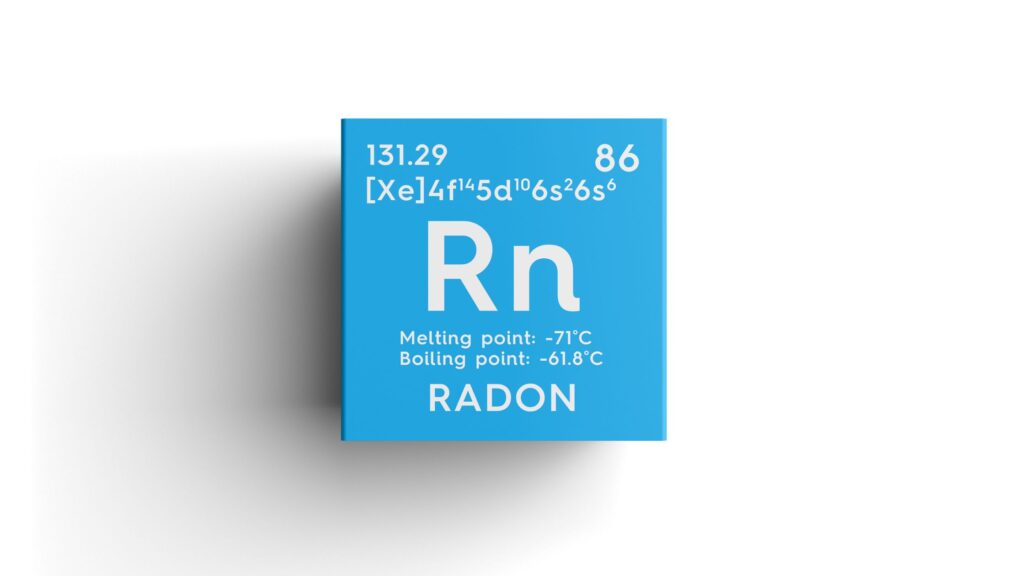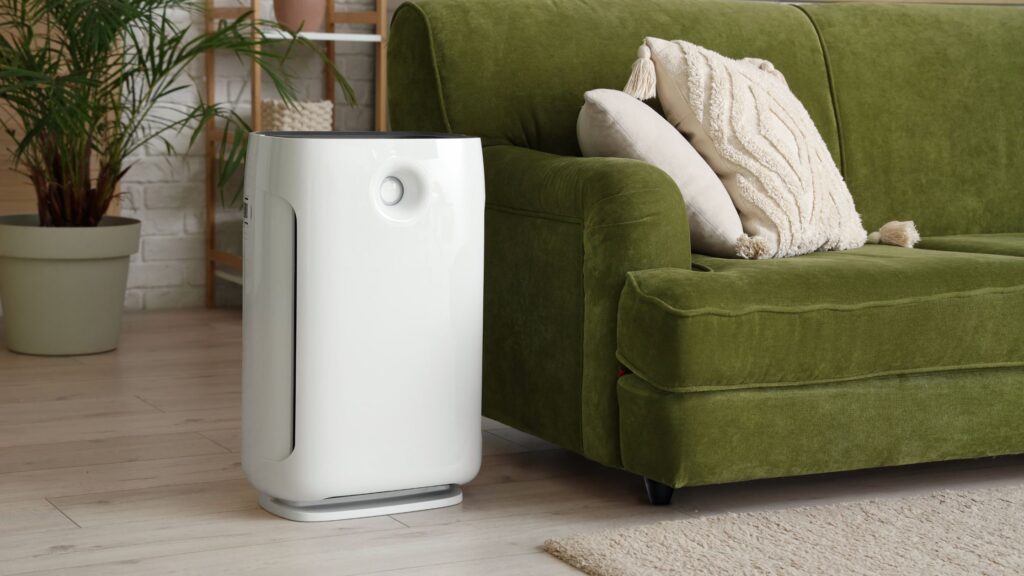Radon testing in West des moines ia remains the most effective way to ensure indoor air safety in West Des Moines. Because Iowa sits in EPA’s highest radon zone, homeowners and businesses must act proactively. This article explains why radon testing west des moines ia matters, outlines the process, highlights local service details, and encourages timely action.
Additionally, you gain clarity when certified technicians place monitors correctly, track conditions, and explain results clearly. Then you can decide confidently about mitigation, financing options, and promptly schedule post-mitigation testing.

Table of Contents
- What Is Radon and Why Radon Testing Matter?
- How Local Professionals Conduct Radon Testing
- Top Radon Detection Options for Your Property
- Post-Test Actions for Radon Detection Results
- Key Qualities to Look for in a Radon Specialist
- Conclusion
- FAQs
What Is Radon and Why Radon Testing Matter?
Radon is a naturally occurring radioactive gas that forms when uranium in soil, rock, and water breaks down over time. It moves up through the ground and can enter homes through cracks in foundations, gaps around pipes, or unfinished basements.
Radon testing west des moines ia protects health and peace of mind. The EPA identifies radon as the second leading cause of lung cancer, especially among non-smokers. Testing is the only way to detect harmful levels and take action before health risks increase. Learn more about it here.
How Local Professionals Conduct Radon Testing
Certified technicians conduct radon testing west des moines carefully and efficiently. First, they assess which rooms require screening—typically the lowest livable levels in homes or busiest zones in offices, schools, or condos. Then they install the test devices. After the designated period, they retrieve the detectors and deliver precise results. They explain findings thoroughly and advise next steps. Because professionals calibrate equipment and follow EPA protocols, the results remain accurate and actionable.
Top Radon Detection Options for Your Property
Explore the top radon detection options available to accurately assess radon levels in your property and ensure long-term indoor air safety.
- Short-Term Testing
Short-term radon tests last from 2 to 90 days and offer a quick snapshot of indoor radon levels, ideal for initial screening or real estate transactions.
- Long-Term Testing
Long-term tests measure radon levels over 91+ days, capturing seasonal and daily fluctuations. They provide a more accurate average and better insight into long-term exposure risks.
- Charcoal Canisters
Charcoal-based detectors absorb radon particles and are commonly used in short-term testing. After exposure, labs analyze the canisters to determine the radon concentration in your home.
- Continuous Radon Monitors
CRMs offer digital, real-time results and are often used by professionals. They track hourly radon levels and environmental conditions, delivering highly reliable data.
- Alpha Track Detectors
Alpha track detectors suit long-term testing. They contain a plastic film that records radon decay over months, offering dependable results for assessing consistent indoor exposure.

Post-Test Actions for Radon Detection Results
Learn what steps to take after receiving your radon test results. Understand recommended actions based on radon levels and ensure long-term indoor air safety with follow-up testing and professional mitigation.
I. Below 2 pCi/L – No Action Needed
If your radon level is below 2 pCi/L, your indoor air is considered safe. No action is required, but retesting every two years or after major renovations is recommended for safety.
II. Between 2 and 4 pCi/L – Consider Mitigation
Radon levels between 2 and 4 pCi/L present some risk. While not urgent, mitigation and long-term testing is wise—especially for families, smokers, or those planning to stay long-term.
III. Above 4 pCi/L – Immediate Mitigation Advised
If your radon level exceeds 4 pCi/L, you should act quickly. This level poses health risks, and certified professionals can install a system to reduce exposure and restore safe air.
IV. Follow-Up Testing After Initial Results
After mitigation or borderline readings, follow-up testing ensures success. Professionals usually test again within 24 hours to 30 days to confirm the system is working and radon levels stay low.
V. Ongoing Monitoring and Routine Maintenance
Even with mitigation, regular testing matters. Experts recommend retesting every two years or after structural changes to ensure the system performs well and continues protecting your home’s air.
Key Qualities to Look for in a Radon Specialist
Discover the essential traits that define a reliable, certified, and professional radon testing and mitigation expert.
- Certification Matters
Always choose a provider certified by NEHA or NRPP, as they meet national standards for testing and mitigation accuracy and professionalism.
- Follows EPA Protocols
Ensure the provider follows EPA-approved testing methods and mitigation guidelines for accurate readings and long-term air quality control.
- Experience Across Property Types
Select a company experienced with homes, offices, schools, and multi-unit housing for tailored radon solutions across diverse building types.
- Offers Clear Estimates
Choose providers who offer free, written mitigation estimates upfront, so you understand the scope, timeline, and pricing before work begins.
- Provides Ongoing Support
Look for companies that offer post-installation testing, maintenance plans, and client education to ensure continued radon protection year-round.

Conclusion
In conclusion, radon testing in West des moines ia remains a vital step for every property owner in West Des Moines. It delivers essential awareness of invisible radon levels and enables timely mitigation. With Iowa’s status as a high‑risk state, testing becomes not optional but necessary. For dependable, certified, and friendly service, contact Des Moines Radon—a trusted team uniquely focused on the Des Moines metro, including West Des Moines. You can request professional radon testing and mitigation services or schedule your free estimate at DSM Radon.
FAQs
1. What is restaurant open source software?
It’s a customizable restaurant management system with publicly available code, allowing full control over features and functionality.
2. Is open source software reliable for restaurant operations?
Yes, many open-source platforms are stable, secure, and regularly updated by global developer communities, making them reliable for daily use.
3. Can I customize restaurant open source tools to fit my business?
Absolutely. Open-source systems are built to be flexible, letting you tailor menus, workflows, reporting, and more based on your restaurant’s needs.
4. Do I need technical skills to use or set up open source restaurant software?
Basic use doesn’t require coding. However, for deeper customization or integrations, some technical knowledge—or developer support—may be helpful.




